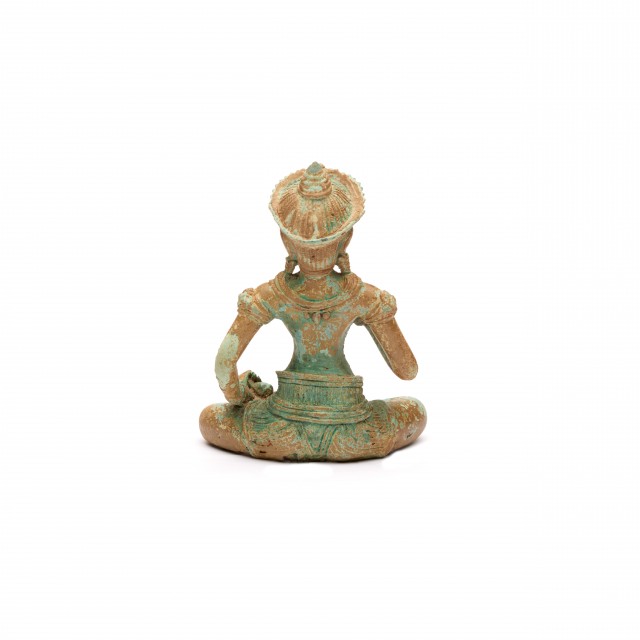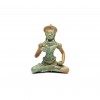
Vajrasattva

Photography by Synthescape, Digital image © Asia Society

Photography by Synthescape, Digital image © Asia Society
Vajrasattva
First half 12th century
Cambodia
Copper alloy
H. 5 x W. 4 1/2 x D. 2 3/4 in. (12.7 x 11.43 x 6.98 cm)
Asia Society, New York: Mr. and Mrs. John D. Rockefeller 3rd Collection, 1979.67
Licensing inquiries
Vajrasattva, the supreme form of the Buddha in Vajrayana (Esoteric) Buddhism, can be identified by the vajra he holds in his right hand, symbolizing the indestructible compassion of a Buddha and by the bell, a symbol of wisdom, that he holds in his left hand. As a pair, these attributes denote enlightenment as it is the union of wisdom and compassion that is necessary to reach this state. In the 11th and 12th centuries, some of the most skillful Khmer bronzecasters appear to have been working in northeastern Thailand, which was part of the Khmer empire at that time. This image of Vajrasattva may possibly be from a workshop at Phimai, the site of a Vajrayana Buddhist temple in northeastern Thailand. This provenance is suggested by the figure's flaring ribbed crown and strongly modeled facial features.


